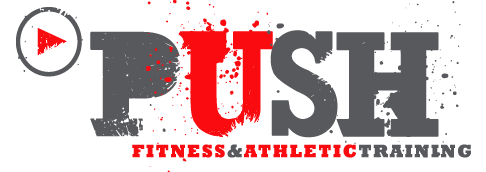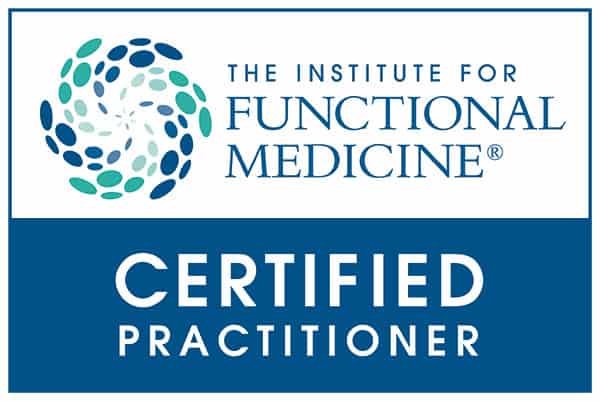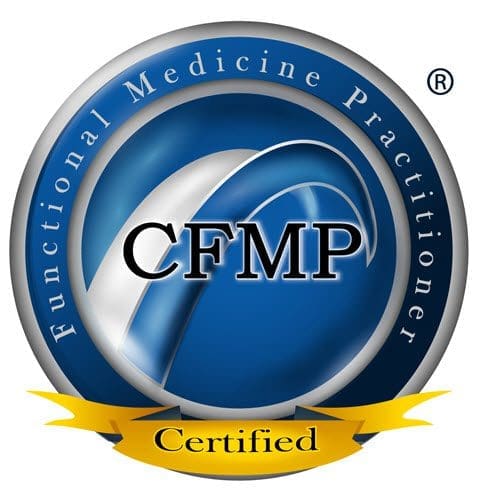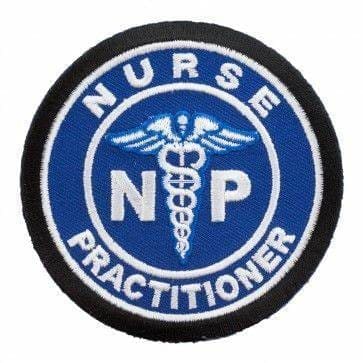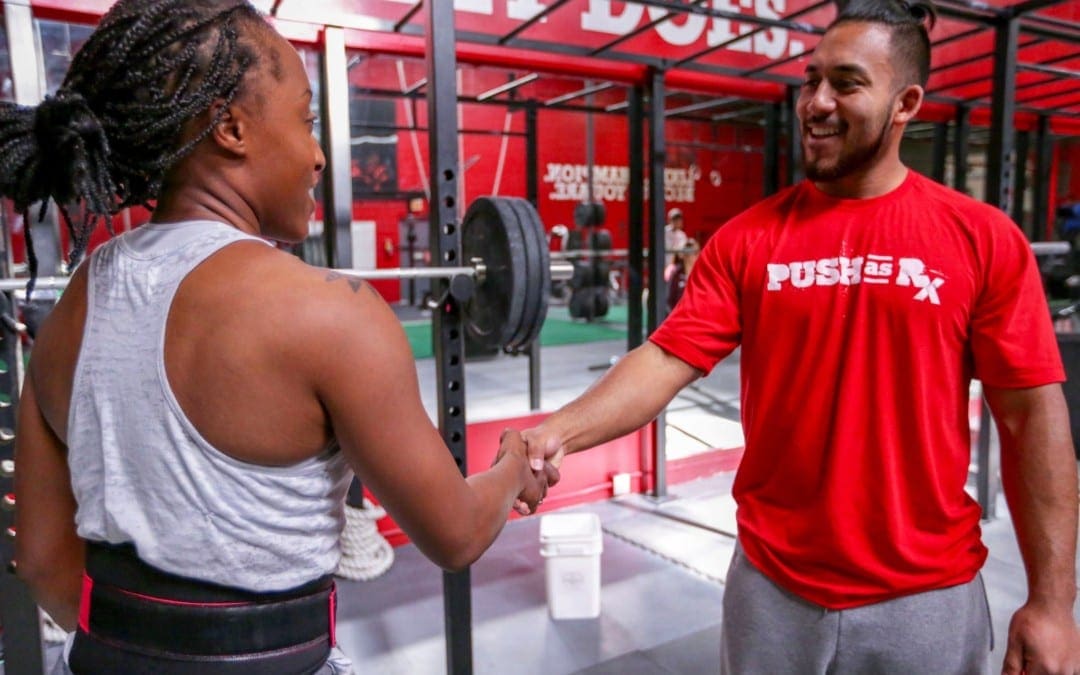
by Dr Alex Jimenez DC, APRN, FNP-BC, CFMP, IFMCP | Crossfit, PUSH-as-Rx
Let Us Know You�re Coming
It�s important to PLEASE contact us via phone or email�to let us know how you heard about us and if you are new to working out or to CrossFit. This way we can tailor your experience so you get the most out of your training!
Come Prepared
Remember workouts are on the hour ever hour, all day! Please plan to arrive 5-10 mins early for your first class, if you get there after class begins we may not be able to let you train that for that hour. Getting there early allows time for you to fill out a mandatory sign up sheet, meet the coach or coaches for that hour, get acquainted with our awesome gym and of course to warm up before the workout.
Personal Training & Personal Care
PUSH offers six trainers with a wide variety of certifications and backgrounds! Whether you�re interested in personal training, CrossFit, sports-based training, tactical training, leaning out, losing weight, or putting on muscle�we know what to do to help you achieve your goals!
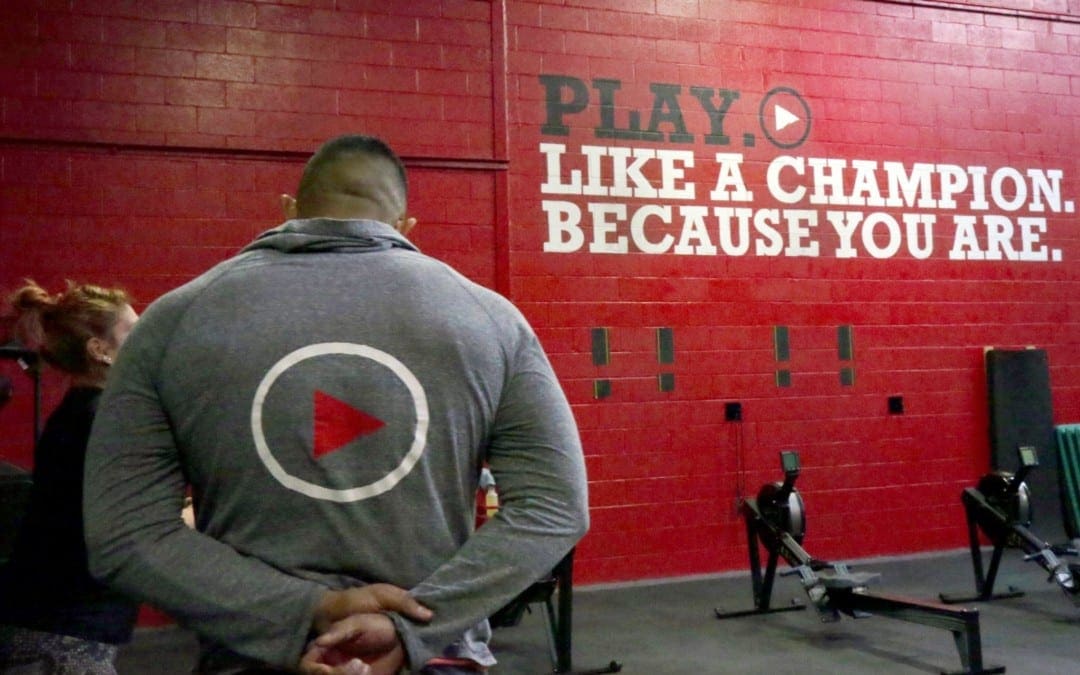
by Dr Alex Jimenez DC, APRN, FNP-BC, CFMP, IFMCP | Crossfit, PUSH-as-Rx
Welcome to PUSH Fitness & Athletic Training
PUSH Fitness & Athletic Training is pushing the barriers of average gyms. Not only do we offer training sessions on the hour every hour but we also cater to the most athletic to the elderly and obesity of populations. We believe in making the commitment to change your lifestyle and not forcing you to.
By blending CrossFit and Personal Training, we are able to tailor make workouts that are very specific and individualized to each member no matter where they are physically. Ultimately PUSH�ing them to feel and look their absolute best.
We don�t stop there. PUSH also offers strength and conditioning programs, which improves the athletic ability of kids and teams of any sport at any age.
PUSH Crossfit
Crossfit is an intensive yet effective core strength & conditioning program. Our programming focuses on functional movement patterns, or, movements that you find in real life – pushing, pulling, squatting, jumping, throwing, carrying, and sprinting.
PUSH Kids
PUSH Kids programming uses a combination of skill practice, workouts and games to build strength and conditioning in children. Our classes include elements of gymnastics, weight lifting, body weight movements, running, jump roping, and more.
Personal Training
We offer personal training services for individuals or small groups that desire highly customized, one on one (or group) fitness instruction at all levels. Count on us to design a program to keep you on track and to motivate you every step of the way.
Nutritional Coaching
What do I eat?�We are here to support your physical transformation, and are happy to steer you in the right direction.�We offer nutritional coaching to help our members learn how to properly fuel their bodies.
Athlete Development
Our training programs are designed for athletes that look to gain a competitive edge in their sport. �We provide sport specific services to help increase an athlete�s performance through mobility,�strength and endurance.

by Dr Alex Jimenez DC, APRN, FNP-BC, CFMP, IFMCP | Wellness
When it comes to stress, people who live busy lives are often caught in a vicious cycle. Your responsibilities and various life obligations cause you a lot of stress, and you simply don�t have time to take the measures to counteract and manage said stress. Though you�ll unlikely find the level of calm and peace of mind that someone without a ton of stressors feels, there are ways to better manage your time and some healthy habits you can do with a busy schedule in order to help reduce that stress level. Here are some tips.
It all starts with sleep
Everybody needs enough sleep to maintain overall mental and physical wellness. �Enough� means different things for different people, but if you aren�t getting the amount of sleep that your body requires, it�ll start to let you know – cruelly if necessary. Some that live busy lives feel that they can cut back on the amount of sleep they get in order to fit more actionable hours into the day – either by going to bed later or waking up earlier. One healthy habit you can bestow upon yourself is to not sacrifice your sleep.
�Sleep is so crucial that even slight sleep deprivation or poor sleep can affect memory, judgment and mood.3 In addition to feelings of listlessness, chronic sleep deprivation can contribute to health problems, from obesity and high blood pressure,� says the American Psychological Association.
Yeah. It�s that important.
Stress can often lead to sleep issues, and those with busy lives find themselves unable to get quality sleep even when they want to it. It�s important not to turn to drugs or alcohol to force sleep – as they are habit forming. More healthy options include meditation, daily exercise, and turning your bedroom into a �sleep only� room. This means leaving the TV, computer, work emails, and Facebook out of your bedroom. Once your brain is trained to sleep and sleep only� when you�re in bed, you�ll begin to experience better quality sleep.
Fit exercise into your lunch break
Whether it�s a long walk, a 15-minutes workout routine, or just some push-ups in your office, make it habit to fit some exercise into your lunch break every single day.
�It doesn’t take 30 minutes or an hour to eat. So make your lunch break productive,� notes Inc.com. �It doesn’t matter what you do as long as you do something. You’ll burn a few calories, burn off some stress, and feel better when you climb back into the work saddle. And you’ll start to make fitness a part of your daily lifestyle without having to add to your already busy schedule.�
Make time for one-on-one time with yourself
Far away from the distractions of daily life – from work emails to family and relationship obligations – there exists a magical place where you can be alone with your own thoughts. Some may find this sort of daily privacy ludicrous, but it is incredibly important.
Meditation is a great way to reduce stress and give yourself that alone time you need to recharge. It also provides you with the tools you need to stay strong in the face of bad habits.
�Meditating daily will strengthen your willpower muscle. Your urges won�t disappear, but you will be better equipped to manage them. And you will have experience that proves to you that the urge is only a suggestion. You are in control,� notes Harvard Business Review.
With just three easy, free new habits – sleeping better, exercising, and meditating – you can begin a new path to overall mental and physical wellness. By practicing mindfulness, you can better manage the various stressors in your busy life and develop peace of mind that doesn�t rely on substances or other unhealthy habits.
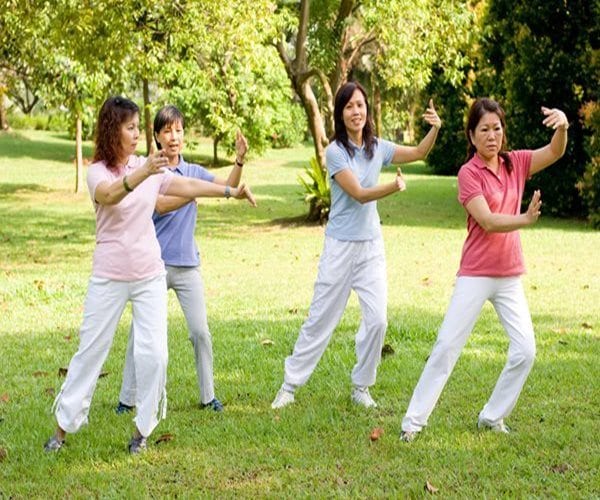
by Dr Alex Jimenez DC, APRN, FNP-BC, CFMP, IFMCP | Anti Aging
Older adults who want to get moving to help boost their brain function have a wide variety of workouts to choose from, a research review suggests.
Among the many options for working out over 50, tai chi may have the biggest effect on cognitive function, but aerobic and resistance exercises may also have some benefit, the review found.
“Age is a risk factor no one can avoid when it comes to cognitive decline and other neurological disorders such as dementia or Alzheimer’s disease,” said lead study author Joe Northey of the University of Canberra Research Institute for Sport and Exercise in Australia.
“As our study shows, undertaking just a few days of moderate intensity aerobic and resistance training during the week is a simple and effective way to improve the way your brain functions while also reducing the impact of other risk factors for cognitive decline such as obesity and diabetes,” Northey said by email.
Some previous research suggests that heart-healthy lifestyle choices like avoiding cigarettes, eating a balanced diet and getting plenty of exercise may help stall the cognitive decline that happens with age, but these studies offer a mixed picture of what type of activity is best.
For the current review, Northey and colleagues analyzed data from 36 previously published studies looking at how much the intensity and frequency of different types of exercise was associated with improvements in cognitive function in people 50 and older.
Studies in the analysis were controlled experiments that randomly assigned some participants to specific exercise interventions to assess how activity influenced cognition.
While researchers included people with varying levels of cognitive ability, they excluded patients with a history of stroke, depression or other mental illnesses.
Across all the studies, they compared the average amount of improvement for different types of exercises and found the largest gains associated with tai chi, a Chinese meditation practice that combines deep breathing and slow, fluid movements.
Aerobic exercise, resistance training and workouts that blended different types of physical activity were also associated with gains in cognitive function, but didn’t have as much of an effect as tai chi, researchers report in the British Journal of Sports Medicine.
In particular, working memory improved with tai chi and resistance training, which was also associated with gains in executive function.
Yoga had a slight impact on brain function, but it was too small to rule out the possibility that it was due to chance.
Workouts of 45 to 60 minutes were associated with significant improvements in cognitive function, which weren’t seen with shorter or longer exercise sessions.
As for the intensity of workouts, light exercise didn’t have an effect on cognitive function but both moderate and vigorous exercise was associated with similar and meaningful gains, the study found.
Exercising more often was associated with bigger gains in cognitive ability, but there was still an improvement with no more than two workouts a week, the study found.
One limitation of the study is that the analysis focused on supervised exercise interventions, which might not reflect what people would do in the real world, the authors note.
Still, the study offers fresh evidence that the biggest benefits of exercise on brain health are expected with higher amounts, like 45 minutes or more multiple times a week, said Dr. Jeffrey Burns, co-director of the University of Kansas Alzheimer’s Disease Center in Kansas City.
“More exercise is likely better for driving brain benefits than modest amounts but we also know that some is better than none, especially for other physical benefits,” Burns, who wasn’t involved in the study, said by email. “So the key message from this study is don’t just exercise for heart health, exercise also to promote your brain health.”
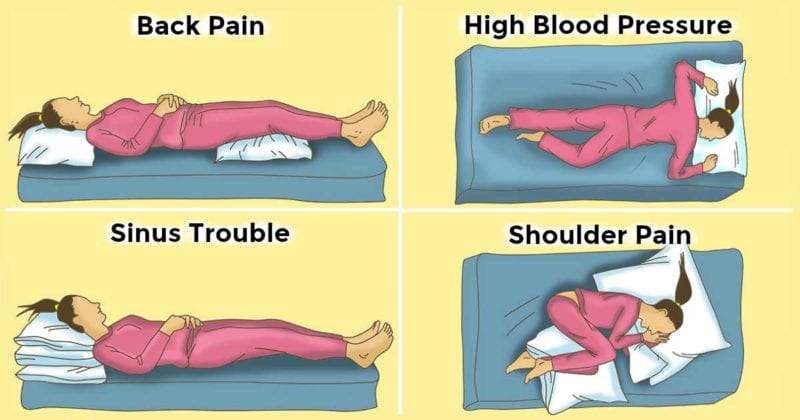
by Dr Alex Jimenez DC, APRN, FNP-BC, CFMP, IFMCP | Chiropractic
Sleeping is vital for every human being, and every person sleeps around 7-9 hours every night, or, on average, 25 years in his lifetime.
Yet, what is also crucial is to always sleep in a proper position in order to enjoy the benefits of sleep.
Sleeping positions have an impact on numerous aspects of health, like blood pressure, sinus infections, and various other health conditions. Therefore, it is important to learn how to rest in the right sleeping position, and not just to focus on the hours spent sleeping.
The following 9 sleeping positions can help you soothe some health issues, like:
- Heartburn
Heartburn can be extremely unpleasant, but WebMD claims that if you sleep on the left side, you can successfully soothe it.
- Neck Pain
PainPhysicians claims that you should sleep with a small rolled-up towel under the neck. You can also place the towel under a pillowcase to be more secure.
- Back Pain
If you suffer from back pain, you should lay on your back with a pillow under knees and a rolled-up towel under the curve of the back.
- Shoulder Pain
Women’s Health Magazine says that in the case of shoulder pain, it is best to sleep on the side which is not painful, with the legs bent a bit, or you can grasp one pillow to your chest, and another one between your knees.
- Headaches
If you often suffer from headaches, you should place pillows all around the head in order to prevent turning during the night.
- Digestion issues
To help digestion, you should sleep on the left side, since the stomach is positioned on the left side in the body, and gravity will boost the digestive process.
- Sinus Issues
Your sleeping position greatly affects sinus infections, so you should sleep with an elevated head to prevent the mucus from pooling in the sinuses.
- PMS Pain
Women’s Health Magazine reports that in order to soothe the PMS symptoms and prevent arching of the spine, you should sleep with a pillow under the knees.
- High Blood Pressure
According to the report done by the Ehime University School of Medicine and published by the WebMD, blood pressure is also affected by sleeping positions. Hence, to lower it, you should sleep with the face down.
These sleeping positions can significantly improve your health and help you solve your health issues.
Sources and References:
www.organicandhealthy.org ; www.healthyfoodhouse.com

by Dr Alex Jimenez DC, APRN, FNP-BC, CFMP, IFMCP | Leaky Gut
Amino acids are the building blocks of proteins—the “bricks” that build your entire body: organs, bones, hormones, skin, hair, nails, etc. If you imagine yourself as a brick house, the busier you are (i.e., long work days, exercise, late nights, etc.), the more bricks you wear out and thus the more you need to replace.
Your body can make most of the 20 amino acids from its own internal machinery, except for the essential amino acids, which must be obtained from the food you eat. However, the rules of the game change under one particular circumstance… stress!
There is a group of amino acids called conditionally essential; under times of stress, they become essential. You’re probably wondering what qualifies as “times of stress”? In today’s 24/7 society of constant connectivity, fewer hours sleep, and nutrient-poor, calorically-dense Western diet, you could make a strong argument that we’re constantly in this state and thus would benefit from taking in more conditionally essential amino acids, especially one in particular called glutamine.
What Is Glutamine?
Glutamine is the most abundant amino acid in the body. It is considered conditionally essential, meaning your body can make it from its own internal machinery, but under times of stress (i.e., if you’re training for a marathon, working long hours, struggling with cold or flu), it’s required in much greater amounts.
Your body needs glutamine in times of stress. In this day and age, it you could be in this state fairly often!
Glutamine is also a primary fuel for your gut and immune system, and it supports healthy brain function (one of the few amino acids that can cross the blood-brain barrier), helps to clear waste products like ammonia from the body, and accelerates healing from trauma or intense exercise.
7 Glutamine Benefits
1. Promotes Weight Loss
If you’re stuck on a weight loss plateau, amino acids like glutamine can be very supportive for weight loss because they can be converted to glucose in the kidneys and used as a fuel source for the body, without the blood sugar and insulin spike typically caused by processed carbs and simple sugars. (1)
Glutamine can help you lose weight by converting stored glucose to an immediate fuel source.
2. Fights Leaky Gut
Sugar consumption is ubiquitous in our environment today, and, combined with stress and lack of sleep, can easily lead to dysbiosis or too much “bad” bacteria in the gut. This is very common today and when it persists, it can lead to chronic inflammation and damage to the lining of your intestinal tract. This damage can result in a leaky gut, where food particles are able to pass through your gut wall (when normally they shouldn’t be able to), which in turn leads to food allergies and increased risk of autoimmune reactions. (2) Glutamine is one of the primary fuels for your gut cells, thus helping to maintain the integrity of the gut wall and prevent leaky gut.
3. Improves Skin Tone
Keeping your glutamine intake sufficient is crucial for keeping your skin firm and supple. If you don’t eat enough protein, your body breaks down muscle to tap into your body stores, leading to the loss of protein, thinning muscles and skin potentially sagging more easily. (3) Animal protein is the best source of essential and conditionally essential amino acids, making the Paleo diet a great platform for meeting your requirements.
4. Boosts Brain Function
If you’re run down, not sleeping well or generally exhausted from too many late nights, you’re likely experiencing some brain fog. When your brain has a deficiency in glutamic acid (precursor for glutamine), you cannot produce adequate amounts of GABA (gamma-amino butyric acid), the body’s natural “relax” neurotransmitter. This can lead to increased tension, brain fog, anxiety, or sleep disorders. (4) By topping up your glutamine intake, you provide your body the building blocks for GABA and better brain function.
5. Helps Post-Workout Recovery
Exercise is a stressor, so you would think that the addition of conditionally essential amino acids like glutamine would enhance athletic performance. While many websites will cite studies that claim there is a benefit from glutamine supplementation and performance, the overall data don’t support this claim.
Try supplementing with glutamine right after a workout to help you bounce back quicker.
However, there is some good evidence that added glutamine increases glycogen resynthesis after exhaustive exercise, which means adding it would be a nice addition to your post-training shake if you’re following a keto or low-carb diet. (5)
6. Boosts Immunity
Glutamine does indeed support improved immunity during times of stress, but the therapeutic dose you need to consume is quite high: 20g per day for a sustained period of time (i.e., weeks). (6) This could be divided up into 5g doses throughout the day. Before jumping into a plan like this, talk to your doctor or naturopath.
7. Supports Cancer Therapy
Cancer therapy, while essential for eliminating cancerous cells in the body, is intense and takes its toll on the patient’s overall health. Supplemental glutamine has been shown to be an effective adjunct treatment, supporting the patient’s metabolism while not increasing tumor growth. (7) It can therefore be considered, with the agreement of your doctor, as a support for patients going through radiation or chemo.
How Can You Get Enough Glutamine?
Glutamine is naturally found in abundance in animal protein. Paleo diet staples like grass-fed beef, wild game, pastured eggs and poultry, wild fish, seafood, and organ meats are all phenomenal sources of glutamine.
Leafy greens, such as spinach, cabbage, parsley, kale, beets, are also a nice source of glutamine. The tricky part is you’ll maximize your intake by eating these vegetables raw, so including these veggies in salads, juicing, or adding into smoothies is your best bet.
Natural Sources of Glutamine
- Grass-fed beef
- Wild game
- Pastured eggs and poultry
- Wild fish
- Organ meats
- Leafy greens, i.e., spinach, cabbage, kale
You can also supplement with glutamine to increase your daily intake. While it’s important to remember that glutamine is made inside your body, if you’re under stress (i.e., really busy, training hard, not sleeping well, sick, etc.), glutamine becomes essential, so adding more into your diet can be highly beneficial. All of the benefits listed above are the result of supplementing with the natural form of the amino acid (called L-glutamine).
Glutamine Powder
Supplemental glutamine is relatively inexpensive and tasteless, which means it’s quite easy to add into your nutrition arsenal. I typically suggest that my clients add 5g daily in their breakfast smoothie, mixed into water while they eat breakfast, or added into afternoon tea or before bed.
Add glutamine powder into your breakfast smoothie or add it to your tea before bed.
If you have a more long-standing complaint of low immunity, digestive problems, inability to recover from exercise, then it’s possible to increase your daily dose to 0.2 grams per kilogram body weight. However, I suggest you work with a functional doctor or naturopath in your area to discuss this in greater depth.
Bottom Line
If you feel like you’re constantly sick, struggling with chronic gut problems or just feel rundown, then getting the right amount of amino acids—the building blocks of your body—is critical to getting your health on track. Today, if you’re like most people, you’re busy and constantly on the run, making amino acids like glutamine really important to keep your immune system strong, digestive system healthy and overall resiliency robust. For many, it’s a great addition in the winter months to increase your resiliency so you can keep up with the pace at work and play.
(This article originally appeared @Paleohacks.com)
Dr. Marc Bubbs ND, CISSN, CSCS
Check out more articles in the “PROTEIN” SERIES…

by Dr Alex Jimenez DC, APRN, FNP-BC, CFMP, IFMCP | Fitness
El Paso, TX. Chiropractor Dr. Alex Jimenez examines the “lats,” along with exercises and stretches.
The latissimus dorsi muscles � generally only called �the lats� � are the two biggest, broadest muscles in your back and, overall, one of the largest muscle groups in the entire body. As extensor muscles, the lats mostly have the job of assisting to lift upward the arms as they reach and lengthen. The lats take part in other important functions beyond shoulder extension too, including internal rotation of supporting core equilibrium and the torso.
In case you perform pulldowns, rows or lifting exercises for the shoulders using a resistance band or machine, odds are you�re already strengthening and participating your lats. Nevertheless, it�s common even for sportsmen to wind up growing latissimus dorsi muscles that are tight due to overuse or little stretching � lower back pain and considered to be an important cause of both long-term shoulder.
For individuals who are performing strength-training moves, back and the lats are crucial areas to concentrate on. Based on a report in the Journal of Orthopedics, �Because the latissimus dorsi connects the spine to the humerus, tightness in this muscle can show as either sub-optimal glenohumeral joint function (which results in persistent shoulder pain) or tendinitis in the fasciae linking the latissimus dorsi to the thoracic and lumbar spine.�
Considering the primary function of the latissimus dorsi muscle would be to help in movement of the arms and protection of the spine, just about everyone may benefit from incorporating lat exercises in their day to help with range of motion, equilibrium, improving equilibrium and upper body strength.
What’s The Latissimus Dorsi?
Both latissimus dorsi muscles situated in the middle of the back are big, level, normally strong muscles that are posterior (next to) to the trapezius muscles in the arms. They help connect the back to the arms/upper extremities and support stability and overall strength of the entire torso. Considering that the lats are linked to the arms and upper back, they can play a role in preventing slouching help hold the back erect and so are used to maintain good posture.
The underparts of the the lats extend to the tops of glutes, lower back and close to the tailbone. Twisting or spinning movements in the back, plus lifting the arms overhead, both engage these muscles, making them important for general coordination, balance and upper body strength. Due to their size, strength and involvement in numerous motions of the body, exercising the heart, including the lats, along with being confident to stretch them enough are vital for preserving range of movement and a healthier back into older age.
What Do The Lats Do?
There are there are only three main muscles in the upper back: the trapezius, latissimus dorsi (lats), and erector spinae. Here�s a breakdown of the fundamental functions of the lats:
- Extension of the arms overhead, backward and downward � The lats are also generally used simply because they keep the back and core upright when folks walk and swing their arms from side to side.
- Adduction (motion of the shoulder toward the midline) and transverse extension, which is also called flat abduction � One Among the most crucial occupations of the lats is enabling both arms to move towards the torso within an adduction movement.
- Medial (internal) rotation of the shoulder joint, which really helps to transfer the scapulae.
- Flexion when standing location that is lengthy, within an erect � Including extension and lateral flexion of the lumbar spine, helping to contract and lengthen�the back muscles with moves up and down
What exactly are a few of the essential benefits of getting strong lats? Based on the way the lats support the back, arms and core advantages of building strength and flexibility in this region include:
1. Keeping strength in the shoulders, upper back and arms
You�re likely conscious that the shoulders are just one of the very most utilized parts of the body � whether you�re an athlete or only someone going about your day-to-day routine. The shoulders are involved in motions like throwing, holding up heavy items or weights, like getting reaching before you or behind, and functions, swinging, reaching and lifting the arms overhead.
The lats help support many motions of the shoulder muscles, joints and bones and are participated during many common shoulder exercises like boards, presses, lifts and pulls. Should you previously suffer with shoulder pain � for example on account of factors that degenerate connective tissue rotator cuff injury, such as older age, osteoarthritis or overuse � studies imply stiffness and your symptoms will likely just get worse if your lats/back become weaker. (2)
2. Stability through the center, which can be important for posture, balance and preventing falls
Both the lower back as well as the outer-middle part of your back (sidelong back muscles) are a part of your �core,� which means both must be powerful and flexible to support you as you stand erect. Bad position due to a weak back is linked to many different difficulties you might not comprehend � such as respiratory difficulties, headaches, digestive issues, poor sleep and also tingling.
A powerful core, all of the way from your font body (abs) wrapping around to your back, acts like a built-in girdle so you�re shielded as you sit, stand and walk each day. Strengthening your lats will help in keeping your abdominal muscles pulled in your shoulders pulled back and your body from entire feeling tired or weak through the day. This is essential for maintaining equilibrium and keeps extra pressure off the lower back, particularly as you age.
3. Help with sports or exercise performance (including twisting and rotating the torso/trunk)
Included in maintaining appropriate posture and preventing back pain, your lats help support the back during turnings, when lowering the hips down or when twisting and bending over. Your back muscles work together with abdominal muscles and your obliques to support the spinal column and provide you greater range of motion during all kinds of movements.
If you play with sports such as for instance rowing, golf, gymnastics, swimming, tennis, football, wrestling or basketball � or you work out by running and lively walking � a strong core is indispensable. A number of these actions include having enough flexibility and balance to remain strong on your own feet, keeping the core stable and lifting the arms.
About the Latissimus Dorsi Area
The latissimus dorsi and the teres major, fibres of the deltoid, long head of the triceps and many other stabilizing muscles connect to:. The teres major muscle is placed over the latissimus dorsi muscle. The lats insert to the tubercular groove in the front of the humerus and are partly covered by �the traps� (the upper back muscles) and connect to the deltoids (the front, side and rear of the shoulder).
Here�s an overview of the structure and area of the body enclosing the lats:
Lats originate in the iliac crest located at the base of the spine by the hip bones
They join to thoracolumbar fascia, rough membranes composed of three layers of tissue that cover the deep muscles beneath the trunk, which support the backbone
Lats are encouraging of poor six thoracic vertebrae and inferior three or four ribs
The nerve roots which make up the long thoracic nerve, especially those called C6, C7 and C8, which run through the trunk supply them
Reinforcing the labs usually causes the elbows to bend (flexion) and includes engaging the shoulders, biceps and trapezius muscles. One of the most frequently employed antagonist muscle pairs in the human body range from the pectorals/latissimus dorsi muscles. These antagonist muscles have opposing functions, helping to generate total range of movement. Agonists and antagonists usually exist on opposite sides near a joint, helping to lower and lift. The deltoids and latissimus dorsi muscles lift and lower the entire arm in the shoulder joints.
Common Injuries Affecting the Lats
Motives which you may have lats that are poor or stressed contain:
Not lifting the arms often enough, resulting in arms and stiff or poor shoulders
Developing pain which restricts you from rotating back, exercising, writhing and engaging the back muscles correctly. Risk factors for back pain include history of back injuries or disorder, having muscular tension due to anxiety/worry, and smoking or using tobacco, being overweight or fat, pregnancy, lack of sleep or sleeping in positions that are unsupportive.
Bad position, which often causes low back pain and reduced range of motion
Sitting for too long, for example at work for many hours of the day, which weakens the upper and mid-back
Injuring the low or shoulders back, which prevents flexion adduction and extension
Even though it doesn�t occur very frequently, lat tears have been reported related to sports activities like rock climbing, wrestling, golfing, body-building, gymnastics, basketball among others.
What kinds of side effects or limits can result from these lat-related harms? While rupturing or tearing of the lats is rare, other related pains are common and include:
Shoulder pain: The latissimus dorsi joins the humerus and the backbone, so weakness or tightness in the lats/mid-back can cause pain in the shoulder joints and decrease of upper body functions. Occasionally this results in frozen shoulder or persistent tendonitis pain affecting the fasciae connective tissue.
Back pain: The latissimus dorsi support the thoracic and lumbar regions of the spine, two areas that will develop pain due to factors like bad posture, forward head posture, a sedentary lifestyle (such as hunching over a desk all day) or due to impact and/or trauma. Back pain, whether light or severe, is one of the most typical complaints among adults and experienced by about 80 percent of men and women at one point or another. In many cases of low back pain, the trouble can generally be traced back to not having a powerful enough core, which is often overcome through routine exercise plus stretching (see below). Routinely performing lower back muscles, plus standing and moving throughout the day, can do amazing things to assist in preventing persistent back pain and injury.
Muscle and instability imbalances: Based on Men�s Journal, it�s not unusual for guys to have irregular lat strength which contributes to lack of balance and pressure set on the spine. (9) Postural problems, including spinal abnormalities or injuries that stem to the legs, together with muscle settlements or inactivity put added pressure on the rear. People of all ages experience bad position, but you�re particularly at risk for dealing with side effects because of weak back in the event that you don�t rest enough between workouts, you�re sedentary, elderly than middle aged or heavy. Exercises and strength training will help reduce back pain by increasing flexibility, reducing inflammation, improving posture and reducing muscle damages /weakness in the pelvis or hips.
Finest Stretches and Lat Exercises to Build Strength
Even though you don�t belong to some fitness center or wish to attend some sort of strength-training or yoga course, you practice simple bodyweight exercises and stretches at home improve total flexibility and to be able to build lat strength. Regularly performing several full- body motions and crucial stretches will help relieve core weakness, stiffness in muscle settlements and the low back that extend down through your hips legs.
Do 2�3 of the exercises below, about 1�2 times each week, for important body parts such as the lats. Purpose for 10�15 reps, unless otherwise stated. Follow with the two stretch moves later.
Lat work outs are often best complemented by either 1) a torso workout or 2) a biceps workout.
LAT EXERCISES
Lat Pulldowns Employing A Machine OR
Fundamental pulldown exercises employing a machine in the gym are just one of the greatest methods to engage the lats. You can either take a seat on the machine�s seat or kneel on one or both knees (whichever can help you grasp the bar evenly above your head). Pull down on the bar evenly to bring it down your chest while maintaining your back upright, then lift the bar to starting place back.
Lat Pulldowns Using Exercise Bands OR
Utilizing a resistance band that is economical in the home or the fitness center is a great method to boost latissimus dorsi strength, as well as strength in core and your shoulders. Start by anchoring a band to some steady high point, such as around a pole, and catching each end of the band using your hands. As you bring your hands closer to the very front of your torso, begin with your arms straight and in front of your face, then pull the arms back to flex your elbows.
Chin Ups
Utilizing a pullup bar, face and grab the bar along with your palms facing toward you. Your arms will be stretched overhead in the starting location. Pull your torso up until your head and keep your torso as straight as possible as you lift is the degree of the bar. From this caught position, slowly lower your torso back to the starting spot until your arms are fully extended again. Breath and repeat for about 5-10 repetitions. If this can be too problematic for you personally, try utilizing a seat under your feet for many assistance or a pull up help if accessible.
Seated Rows OR
Employing a machine, sit together with your knees bent so that your shoulders are level with the machine handles as well as your back straight. With a handle in every hand, sit tall as you bend the elbows and pull the handles toward you and transfer the shoulder blades together. Return to starting position and repeat.
Dumbbell One-Arm Rows
Stand near one side of a bench and place your opposite knee and palm flat at the very top of the seat. Maintaining your arm on the bench while you bend over torso and straight horizontal, hold a dumbbell in your hanging hand. Lift the dumbbell up toward your torso/side of your chest while bending the elbow, then lower and repeat. Squeeze your abdomen in and attempt to work with strength and go slowly in both directions, in the place of just relying on momentum.
Setting Torso Lifts (Aka �Supermans�) OR
Placing down on the floor with your fingers interlaced behind your face, lift your torso and shoulders off the floor to engage your back. You are able to either keep your ankles/feet anchored to a floor by placing them under a bar or having someone lift the toes somewhat, or support you. Raise and lower about 5�10 times, going slowly and breathing. Take care never to overextend or yank on your neck.
Yoga Chair Pose (Held Squat)
So your big toes touch lift your arms above your head bringing the palms to face inward, place your feet together. Imagine a seat behind you that�s backward and prepared to catch your hips as you sink your pelvis down and bend your knees. While looking to maintain a straight back, tuck your tailbone down and keep your arms stretched overhead. Hold for 5�10 breaths as you lower further down on your exhales and lengthen through your back on your inhales.
LAT REACHES
Standing Overhead Reach
Although they�re simple to stretch (you only need to extend your arms overhead), the lats are commonly disregarded during most post-workout cool downs. Extend and to gently engage your lats, stand upright with your arms reaching above your face. You might want to slightly bend side to side, but go in order to avoid yanking. Hold your reach for between 10 tucking the tailbone down, continuing to span the rib cage upward and �30 seconds at a time.
Cat- Cows or Kneeling Arm Stretches
You can duplicate the same type of arms-overhead movement as described above when kneeling on a floor on your own shins/knees. Reach your fingertips overhead as you stretch your shoulders to touch the floor and engage your back muscles. Do this while keeping your hips lifted or down near your heels. Hold the stretch for 10�30 seconds while breathing deeply to soften your muscles. This is known as �kid�s pose if you�re if you�re hips remain lifted hips remain low to the ground or �pup pose� �. You may also try other yoga poses by staying kneeled down on your shins while breathing through �cat-cow� moves. Do these as the back in a single direction stretch upward by lifting your torso as you turn and tailbone, then down towards the bottom.
Precautions When Activating the Latissimus Dorsi
If the lats lasts more than 2�3 days and or the rest of your back begin to feel pain through your workout, or pain increases after, back away from exercising the region and rest for at least several days. Start don�t overdo stretches and exercises. In the event you are feeling throbbing, stiffness or notice swelling extending around the upper body, avoid resistance training including the painful areas and consider seeing a doctor or physical therapist for guidance.
Final Thoughts On the Lats
The Latissimus Dorsi (aka �the lats�) are large muscles found in the upper-mid back that help support movement of the arms. Functions of the lats comprise backward or overhead to extension of the arms and shoulders and downward, plus core/torso stability.
The lats stressed due to being overweight overtraining with degenerative problems like arthritis, or deficiency of stretches or can be weak. This can cause chronic low back pain or shoulder pain in some instances.
Exercises for the lats comprise dumbbell raises and presses, pulldowns or pulls, supermans.

by Dr Alex Jimenez DC, APRN, FNP-BC, CFMP, IFMCP | Chiropractic
The Miners are westbound for the second time during the outdoor season as they head to Berkley, Calif. for the Brutus Hamilton Challenge. This will be the final competition the Miners will see before the Conference USA Outdoor Championships hosted by UTEP (May11-14).
The historic two-day meet starts Friday 9:00 a.m. PT with the men’s hammer throw. Sophomore Karol Koncos will be one of the top competitors in the field. Koncos threw for 63.43m (208-1) last week at the UTEP Invitational. His mark is the third-best his season in C-USA.
Senior Fayon Gonzales and junior Lucia Mokrasova will compete in the women’s javelin set for 5:30 p.m.Gonzales (39.37m) ranks ninth in the league, while Mokrasova holds the number eight spot (39.94m).
The running events will see Daniel Cheruiyot in the 3,000m steeplechase starting at 3:30 p.m. Cheruiyot clocked the fourth-fastest time in conference running a season-best 9:03.31. Antony Kosgei and Evans Kiprono will run at 4:10 p.m. in the 5,000m. Kosgei (14:16.60) ranks fifth in the league.
Gladys Jerotich and Winny Koech will tussle in the women’s 5,000m starting at 3:45 p.m. Koech (16:22.26) ranks first in C-USA.
Saturday’s events will start with the women’s long jump at 10:00 a.m. Tobi Amusan will make her first jump of the outdoor season. Senior Samantha Hall will compete in both the shot put (10:45 a.m.) and discus throw (12:30 p.m.). Hall ranks 12th in the NCAA West Region (54.62m) in the discus throw.
Runners to look out for on the track will be UTEP’s freshman duo Emmanuel Korir and Michael Saruni in the men’s 800m starting at 3:10 p.m. The Kenyan natives have both started their collegiate careers off with a bang.
Korir won the 800m indoor national title and ranks second in the west region. The Kenyan has clocked a blistering 44.67 in the 400m ranking second in the West Region.
Saruni ranks first in the West Region in the 800m after stopping the clock at 1:45.82 winning gold at the Texas Relays. The mid-distance runner ranks ninth in the 400m clocking 45.69 in the 400m in the West Region.
Brandon Moss will compete in the men’s long jump at 11:45 a.m., where he ranks ninth in the league after jumping out to 7.20m (23-7.5) in his first outdoor competition at last week’s UTEP Invitational.
Ada Benjamin will race at 2:05 p.m. in the 400m. Benjamin ranks first in conference with a time of 53.16. Florence Uwakwe will take the track at 2:25 p.m. in the 100m. Uwakwe will race her first short sprint of the outdoor season.
Lilian Koech and Truphena Sum will run in the 800m set for a 3:00 p.m. Koech ranks third in the league with a personal-best 2:05.86.
For live updates and breaking news follow @UTEPTrack on Twitter and uteptrack on Instagram.
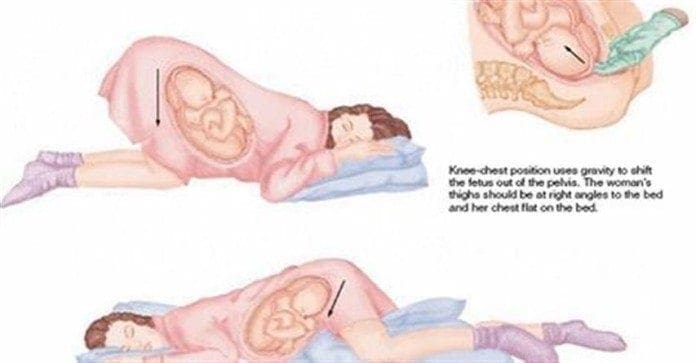
by Dr Alex Jimenez DC, APRN, FNP-BC, CFMP, IFMCP | Pregnancy, Sleep Hygiene
Sleeping Position: During pregnancy, you may find yourself tossing and turning, as best as you can, trying to�get comfortable before falling asleep. Unfortunately, regular�sleeping positions may no longer work during pregnancy.
There�are a number of reasons for this new discomfort, but there�are some sleeping positions that may help you get that much needed rest. When pregnant the body goes through a variety of changes. These changes tend to disrupt the peaceful sleep.
Here are a few suggestions that may not sound or look very comfortable, especially if you have a favorite sleeping position. This is often on your back or stomach. But you may find that they work. Keep in mind that you may do not have to stay in one position all night, rotating positions is completely acceptable and even encouraged.
What’s The Very Best Resting Place During Maternity Makeup Mania

Just How To Improve Rest Within The Second-Trimester Of Pregnancy

Greatest Placement In Sleeping During Pregnancy Data
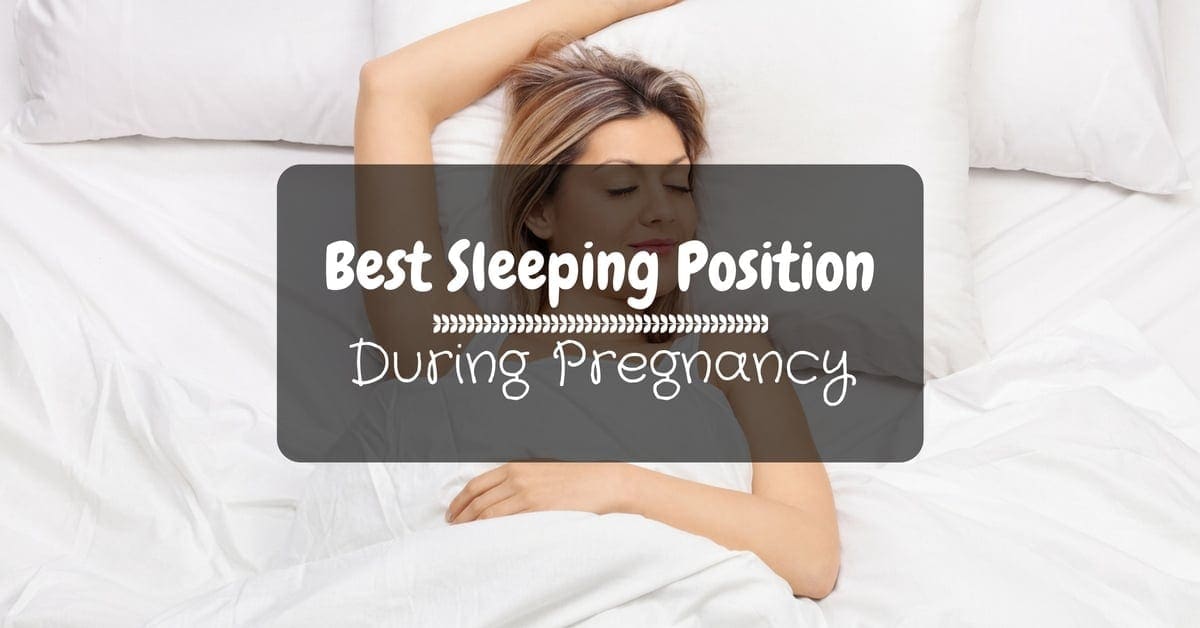
Just How To Improve Rest Within The Second-Trimester Of Pregnancy
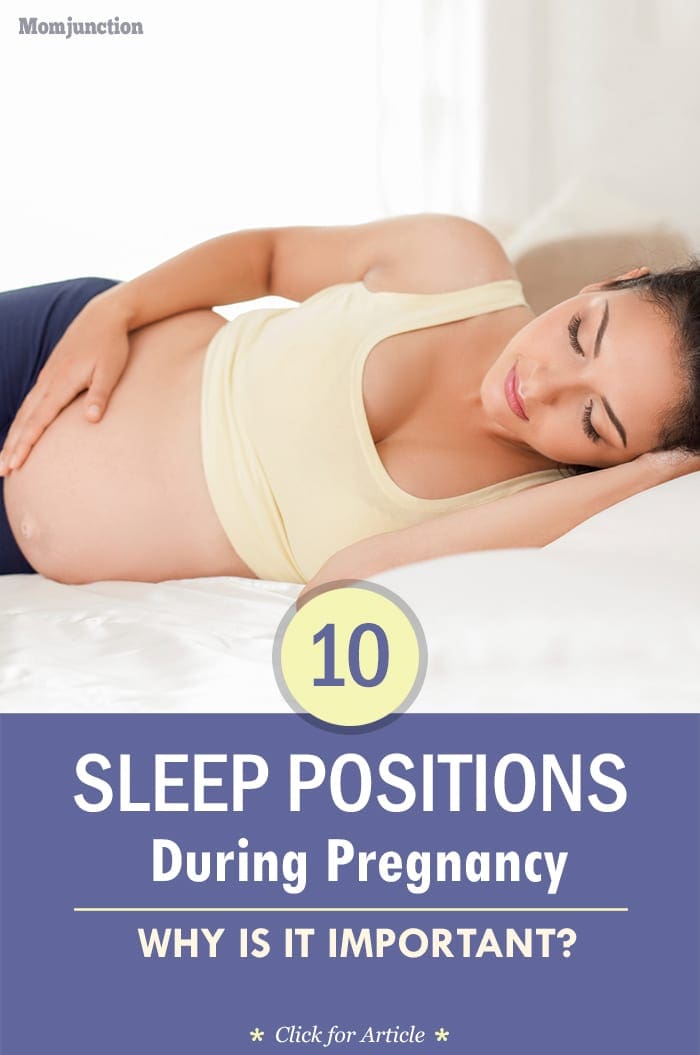
Rest Positions During Pregnancy
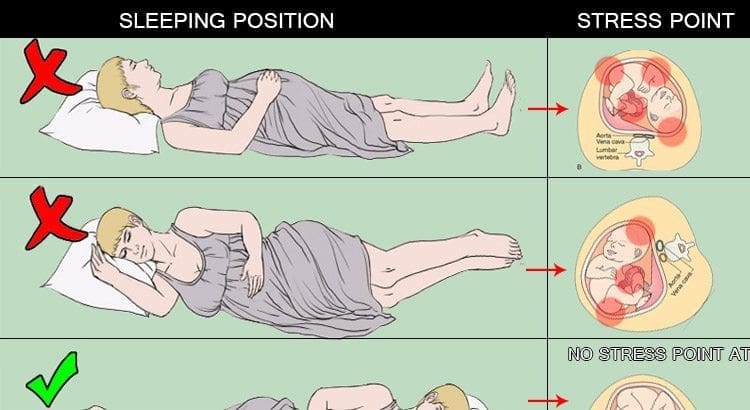
Greatest Sleeping Position During Pregnancy
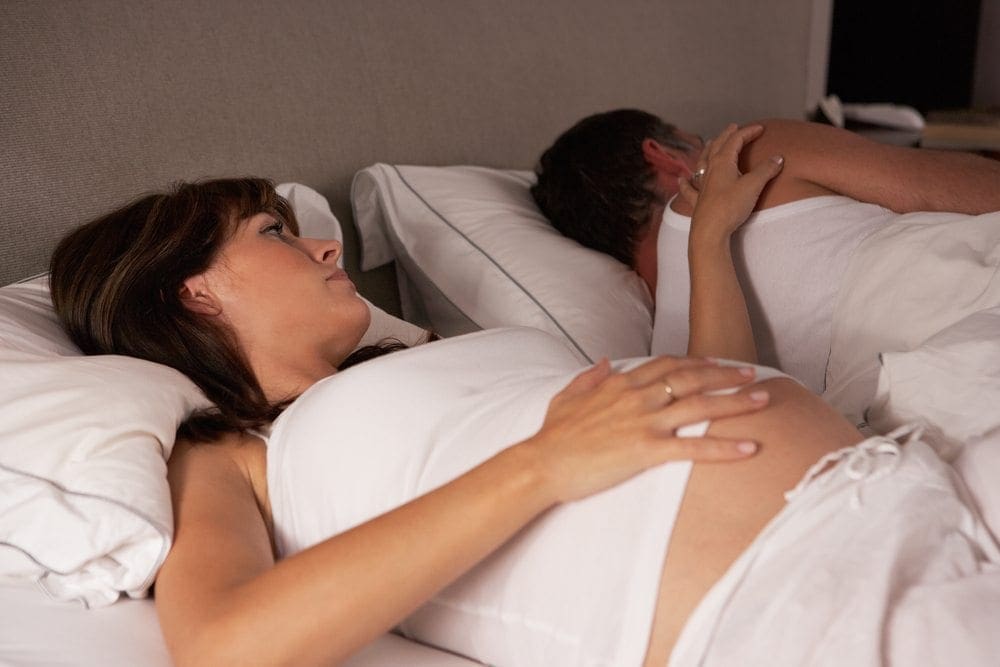
Understand The Right Sleeping Place During Pregnancy
Greatest Sleeping Positions During Maternity Reverie

Sleeping Positions During Pregnancy Movies

Greatest Sleeping Jobs While Pregnant Fresh Health Consultant

Sleeping Positions During Maternity Superbaby

Which Sleeping Place Is The Greatest During Maternity

7 Essential Sleeping Guidelines During Third-Trimester

Sleeping Positions During Maternity Superbaby
Rest Learn To Keep Cozy Through Your Maternity
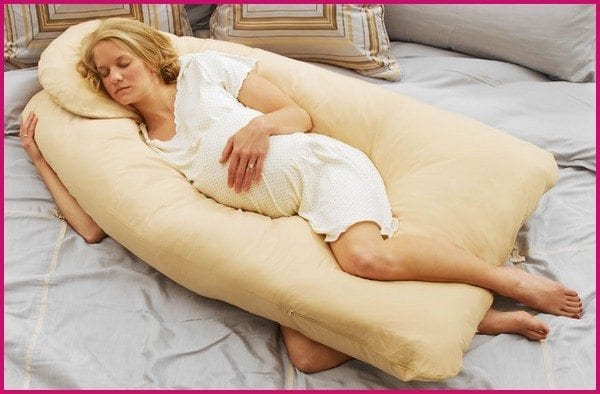
Rest Learn To Keep Cozy Through Your Maternity
7 Essential Sleeping Guidelines During Third-Trimester

Sleeping On Back Although Pregnant Could It Be Harmful

Greater Sleeping Positions During Pregnancy Workout

Rest Positions During Pregnancy
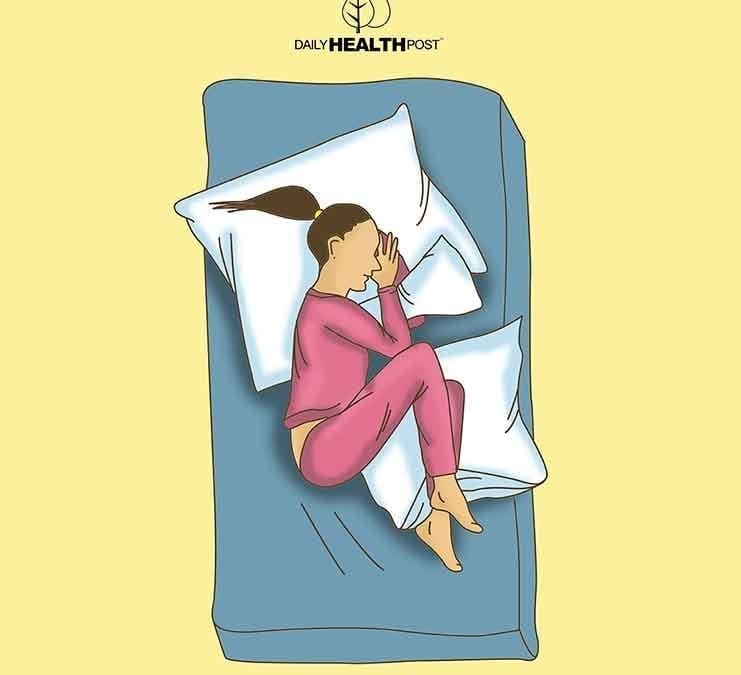
by Dr Alex Jimenez DC, APRN, FNP-BC, CFMP, IFMCP | Sleep Hygiene
Sleep is the one time your body has during the day to repair and maintain its cells and systems.
It’s also essential for flushing out toxins and clearing away dead cells. Experts recommend between 7-9 hours of sleep a night.
Because sleep is so important, if there’s something that’s keeping you from getting comfortable and sleeping through the night, it helps to know what adjustments you can make to get the rest you need.
Following are some recommendations to help you find the best sleeping position to deal with your common aches and pains.
Finding Your Best Sleeping Position
These sleeping positions will make you feel like a brand new person every morning!
1. Best Sleeping Position for Lower Back Pain
Many people suffer from back pain. It’s often difficult to find a comfortable sleeping position when your back hurts. What you may need is a little support. The best sleeping position for back pain is lying on your back. Place a pillow under your knees and a rolled-up towel at the base of your back where it curves. This will relieve pressure on your lower back while adding support (1).
For those with back pain, alignment of the ear, shoulder, and hip is the most important part of sleep posture, so make sure to keep your spine aligned.
The University of Rochester Medical Center offers the following suggestions for a solid sleep without back pain, whatever the position (2):
- Sleeping on your stomach can create stress on the back because the spine can be put out of position. Placing a flat pillow under the stomach and pelvis area can help to keep the spine in better alignment. If you sleep on your stomach, a pillow for your head should be flat, or sleep without a pillow.
- If you sleep on your side, a firm pillow between your knees will prevent your upper leg from pulling your spine out of alignment and reduce stress on your hips and lower back. Pull your knees up slightly toward your chest. The pillow for your head should keep your spine straight. A rolled towel or small pillow under your waist may also help support your spine.
- Insert pillows into gaps between your body and the mattress.
- When turning in bed, remember not to twist or bend at the waist but to move your entire body as one unit. Keep your belly pulled in and tightened, and bend your knees toward the chest when you roll.
2. For Shoulder Pain
It may seem obvious but if one of your shoulders hurt, don’t add pressure by lying on it. Lie on your other side with your knees and arms bent. Place one pillow between your knees and another between your elbows so it touches your chest.
If both shoulders hurt, lie on your back with your arms by your sides.
3. For Sinus Issues
Congestion from a cold or allergies can get worse when you sleep, as gravity is working against you when you’re lying down. Prop up your head and shoulders with pillows while lying on your back so your sinuses can drain more easily into the back of your throat (3).
4. For Headaches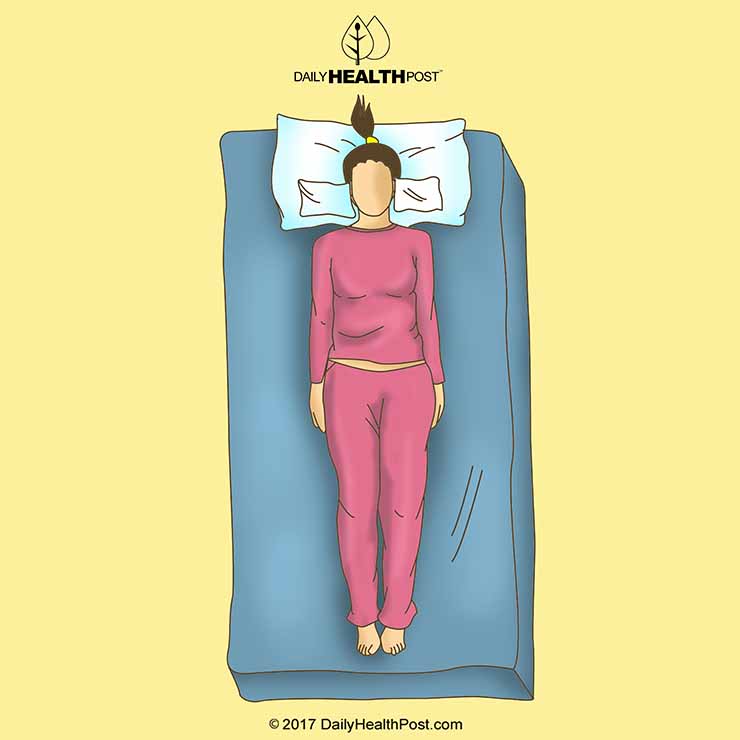
Sometimes a bad sleeping position can actually cause a headache by constricting muscles and nerves while you sleep. To keep your head in a neutral position, lie on your back and put a pillow or rolled-up towel on both sides of your head to keep it from wrenching during the night (4).
5. For Menstrual Pain
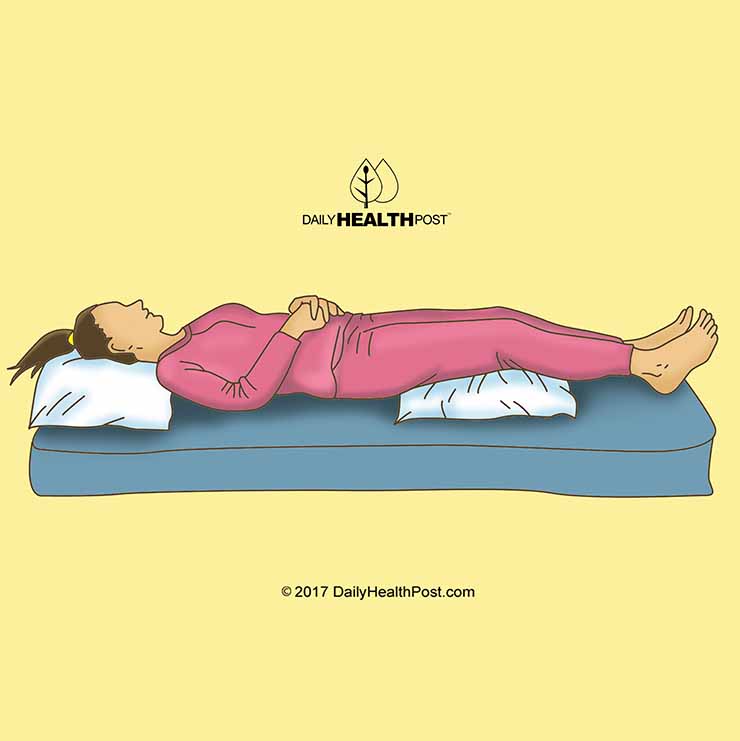
Cramps and bloating can make sleep difficult before and during your period. The best sleeping position for cramps is to lie on your back and place a pillow under your knees to take pressure off your abdomen and back. You can try applying a hot water bottle or heating pad to your abdomen and/or back when you go to bed to ease cramps and make you comfortable enough to fall asleep. (5)
6. For High Blood Pressure
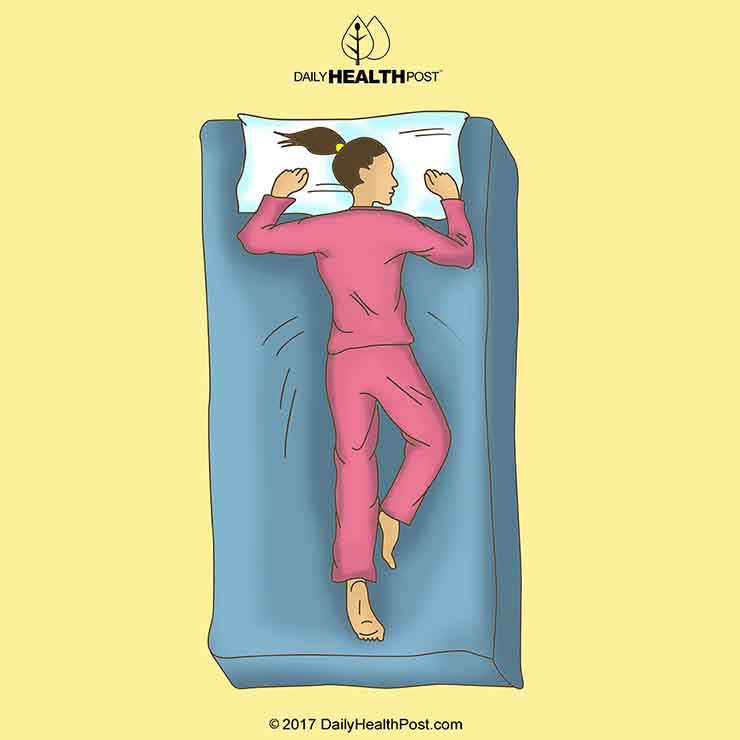
There is a correlation between sleep and hypertension: sleep deprivation and disrupted sleep exacerbates the problem. The autonomous nervous system changes during sleep and that can affect blood pressure. (6) The worst position for sleep if you have high blood pressure is on your back. (7)
A Japanese study on the effect of sleep position found that blood pressure was reduced significantly when lying in the prone position (face down) as compared to lying on the back. (8) Lying on your stomach, however, can lead to back, neck, and joint pain and difficulty breathing, so you should alternate between positions every few nights. (9) Sleeping on your right side can ease pressure on the heart (which is on your left), lowering blood pressure. (10)
7. For Heartburn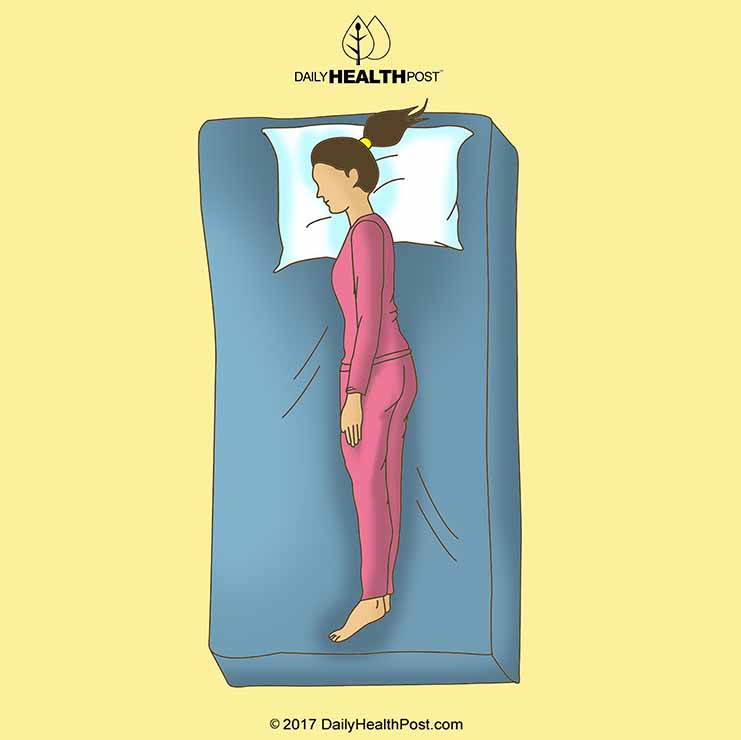
If you have GERD (gastroesophageal reflux disease), indigestion, or heartburn, sleeping on your left side may help. This is the best sleeping position to take pressure off the stomach and esophagus (12).
8. For Poor Digestion
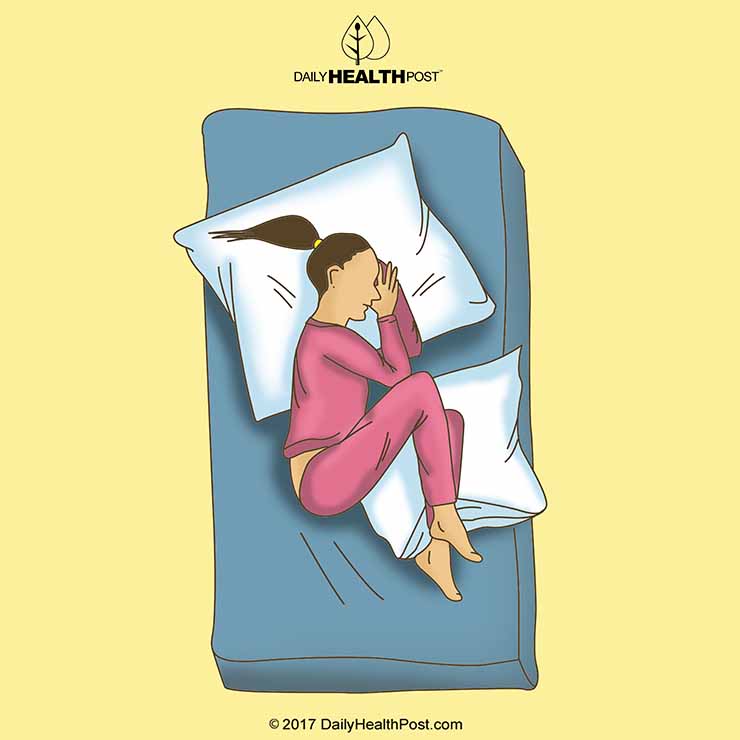
If you have digestive issues, placing a pillow between your legs while sleeping on your left side will take a further strain off your digestive system to allow things to flow freely while you sleep. It’s also important to wait a few hours after your last meal before hitting the hay to make sure you don’t get indigestion.
9. For Neck Pain
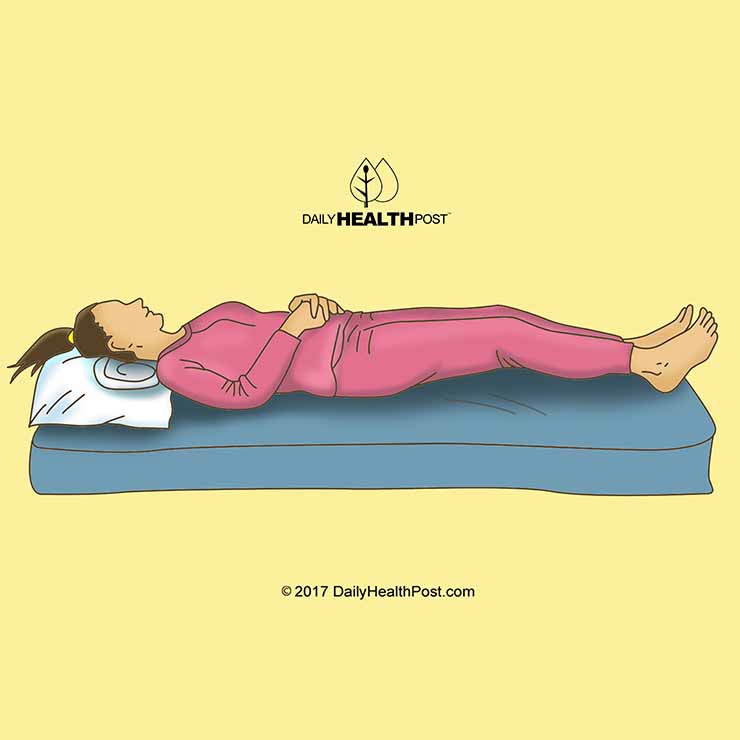
Supporting the neck is key, whatever position you sleep in. On your back or side are easiest on your neck. (11) If you sleep on your back, roll up a small towel (or neck roll) and stick it inside your pillowcase with your pillow, adjusting the towel so it’s just under the curve of your neck. Your head should rest comfortably on your pillow. There are also special funny-looking pillows designed specifically for neck support.
Harvard Medical School has the following additional suggestions for getting rid of that pain in the neck (12):
- Try using a feather pillow, which easily conforms to the shape of the neck. Feather pillows will collapse over time, however, and should be replaced every year or so.
- Another option is a traditionally shaped pillow with “memory foam” that conforms to the contour of your head and neck. Some cervical pillows are also made with memory foam. Manufacturers of memory-foam pillows claim they help foster proper spinal alignment.
- Avoid using too high or stiff a pillow, which keeps the neck flexed overnight and can result in morning pain and stiffness.
- If you sleep on your side, keep your spine straight by using a pillow that is higher under your neck than your head.
- When you are riding on a plane, train, or car, or even just reclining to watch TV, a horseshoe-shaped pillow can support your neck and prevent your head from dropping to one side if you doze. If the pillow is too large behind the neck, however, it will force your head forward.
- For Your Brain
Parting Thoughts
While we sleep, our brains are as active as when we’re awake—and it’s not just conjuring dreams, it’s cleaning house. Brain waste is processed and eliminated during sleep.
Most animals (humans included) sleep on their sides. A study published in the Journal of Neuroscience looked into why this might be. Researchers observed activities in the brain for prone (stomach), supine (back), and lateral (side) sleep positions. They found that cerebrospinal fluid that gets flushed around the brain to clear toxins is more efficient when in a lateral sleeping position. (13) The brain is, therefore, better able to eliminate waste and prevent the plaque build-up that can lead to neurodegenerative diseases like Alzheimer’s.
The best advice is to sleep however is most comfortable for you. Regular adequate sleep is crucial for all the body’s functions. Dreams are a bonus.




